‘Aggressive pests’: what’s lurking in your yard?
These invasive plants, likely to be found in your garden, threaten our native species and can even impact your health.
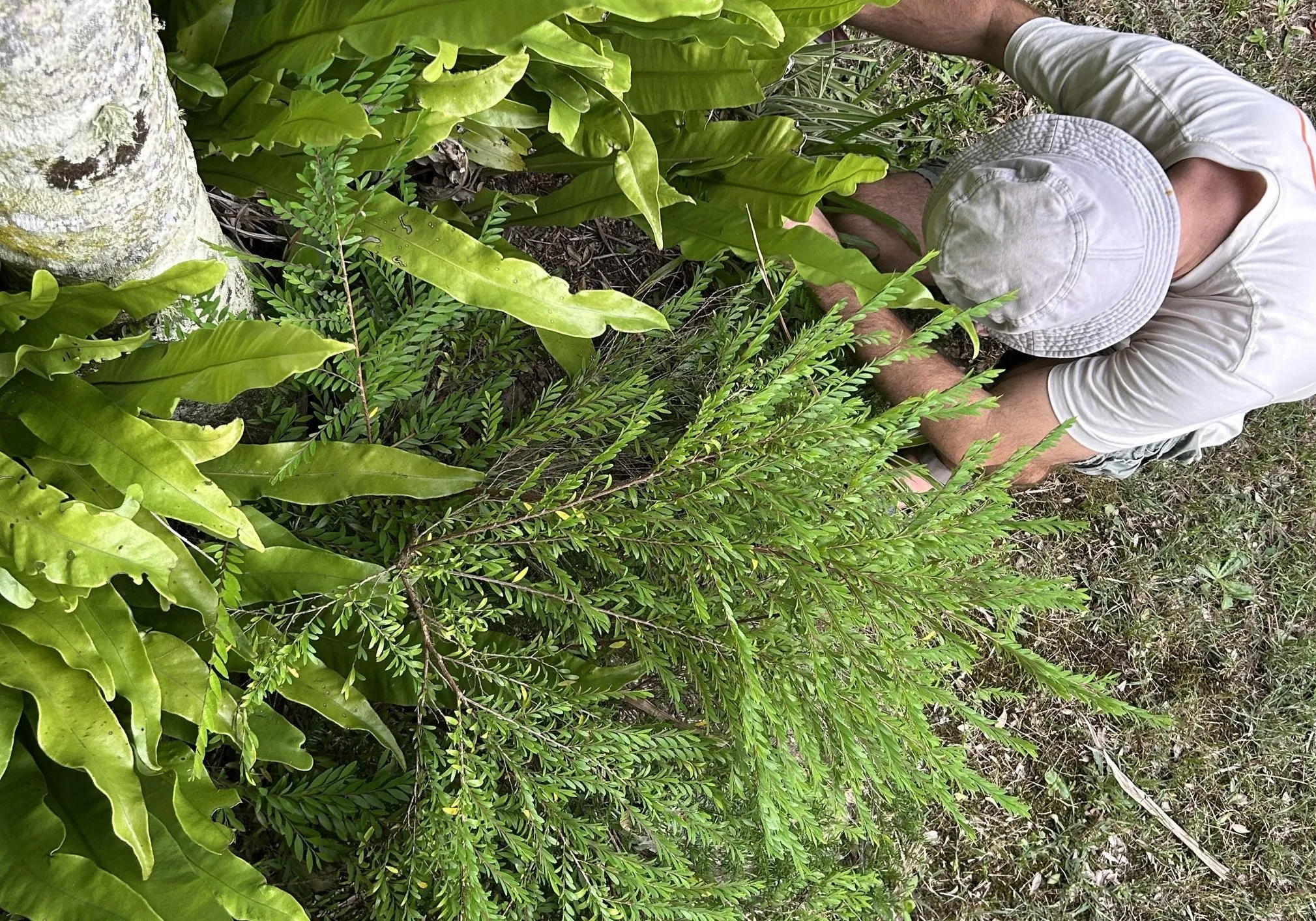
Your summertime garden is bursting with activity, but what invasive plants could also be tightening their hold?
From environmental threats to health hazards, these pests could be lurking in your yard and must be removed.
Sunshine Coast Environment and Liveability Portfolio Councillor Maria Suarez said many invasive plants were previously sold as garden plants and could be hiding on private properties.
“Others spread by birds or the wind, finding their way into gardens,” Cr Suarez said.
“From there, they can spread to our creeks, reserves, dunes and other natural areas.
“Many can smother native vegetation, others are costly to our farmers and graziers, while some like annual ragweed pose health risks.”
Fellow Environment and Liveability Portfolio Councillor Tim Burns said our region’s biosecurity was in the hands of everyone.
“In our Sunshine Coast Biosphere, we all have the power to help protect our native species and natural areas,” Cr Burns said.
“If you’re the person in the know on invasive plants, you can spot a priority weed before it escapes and manage it effectively, or report weeds on Council’s eradication and prevention lists.
“Managing invasive plants at home means you’re helping to protect our unique biodiversity.”
Not sure how to tell your natives from invasives?
This guide to priority invasive species often found in gardens will help you get started.
Remember to wear gardening gloves and place all reproductive parts of priority invasive plants into your general waste bin.
Priority invasive vines
Cat’s claw creeper vine (Dolichandra unguis-cati)
This aggressive climber with yellow flowers and claw-like tendrils was introduced from tropical America as an ornamental plant.
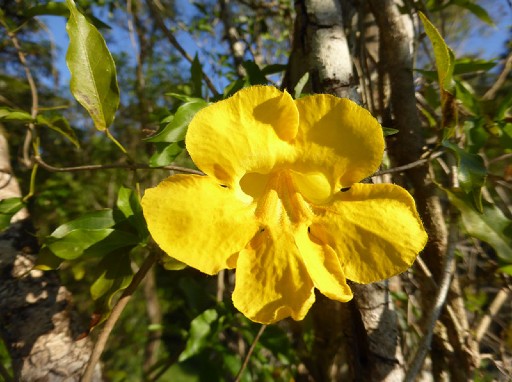
Now it is a Weed of National Significance, capable of covering whole trees and smothering large areas of native vegetation.
Its most distinctive features are its yellow flowers and three-pronged, claw-like tendrils.
Madeira vine (Anredera cordifolia)
This prolific vine can grow up to one metre per week, smothering native groundcovers, shrubs and trees.
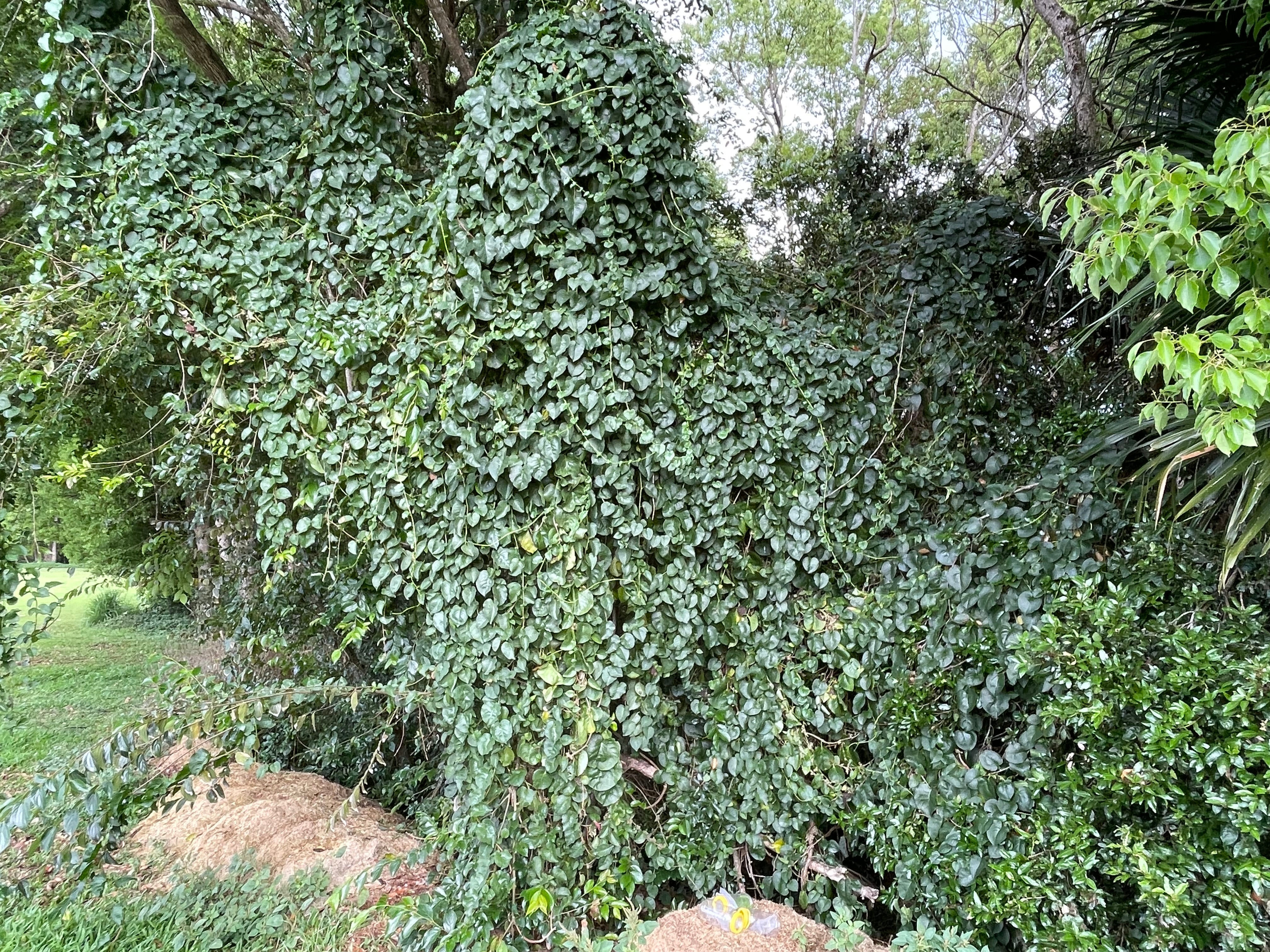
With its reproductive tubers both underground and hanging from the plant, it is a persistent weed and difficult to remove.
It’s important to keep an eye out for madeira vine before it becomes established.
Climbing asparagus fern (Asparagus africanus)
Climbing asparagus fern is a feathery spiky climber with stems growing up to 12m long up into the canopy of trees.
It is not yet well established in our region, so it is a great one to get in early and tackle.
It flowers in spring and its fruits turn from green to orange when they ripen.
Coastal morning glory (Ipomoea cairica) and blue morning glory (Ipomoea indica)
These two species are now common weed throughout South East Queensland and can climb over and smother native vegetation.
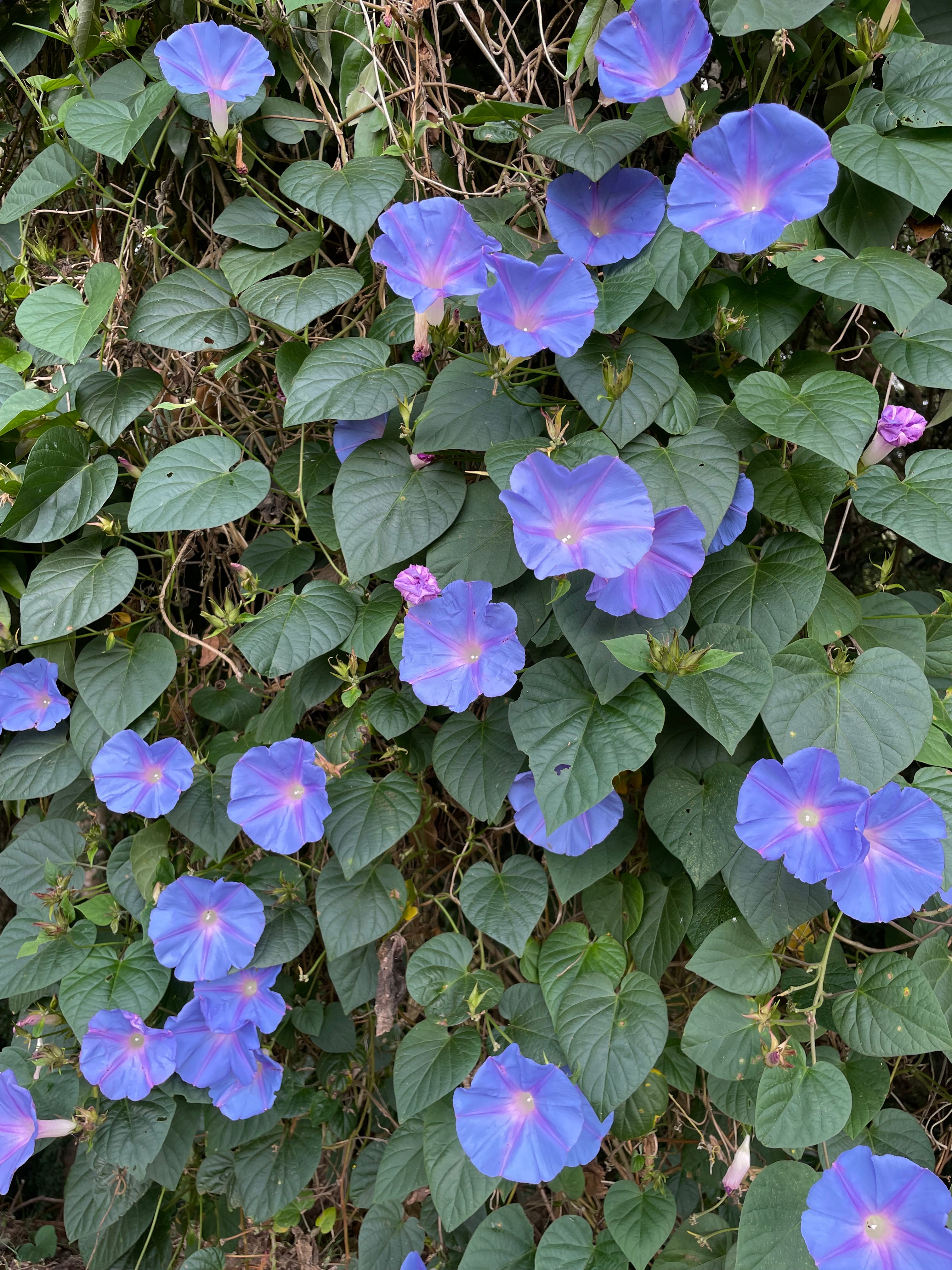
They are easily identified through their funnel-shaped flowers: pink lavender for coastal morning glory and deep blue-mauve for blue morning glory.
Priority invasive shrubs and trees
Chinese celtis (Celtis sinensis)
This fast-growing tree up to 12m forms dense infestations along creek beds, capable of destroying habitat.
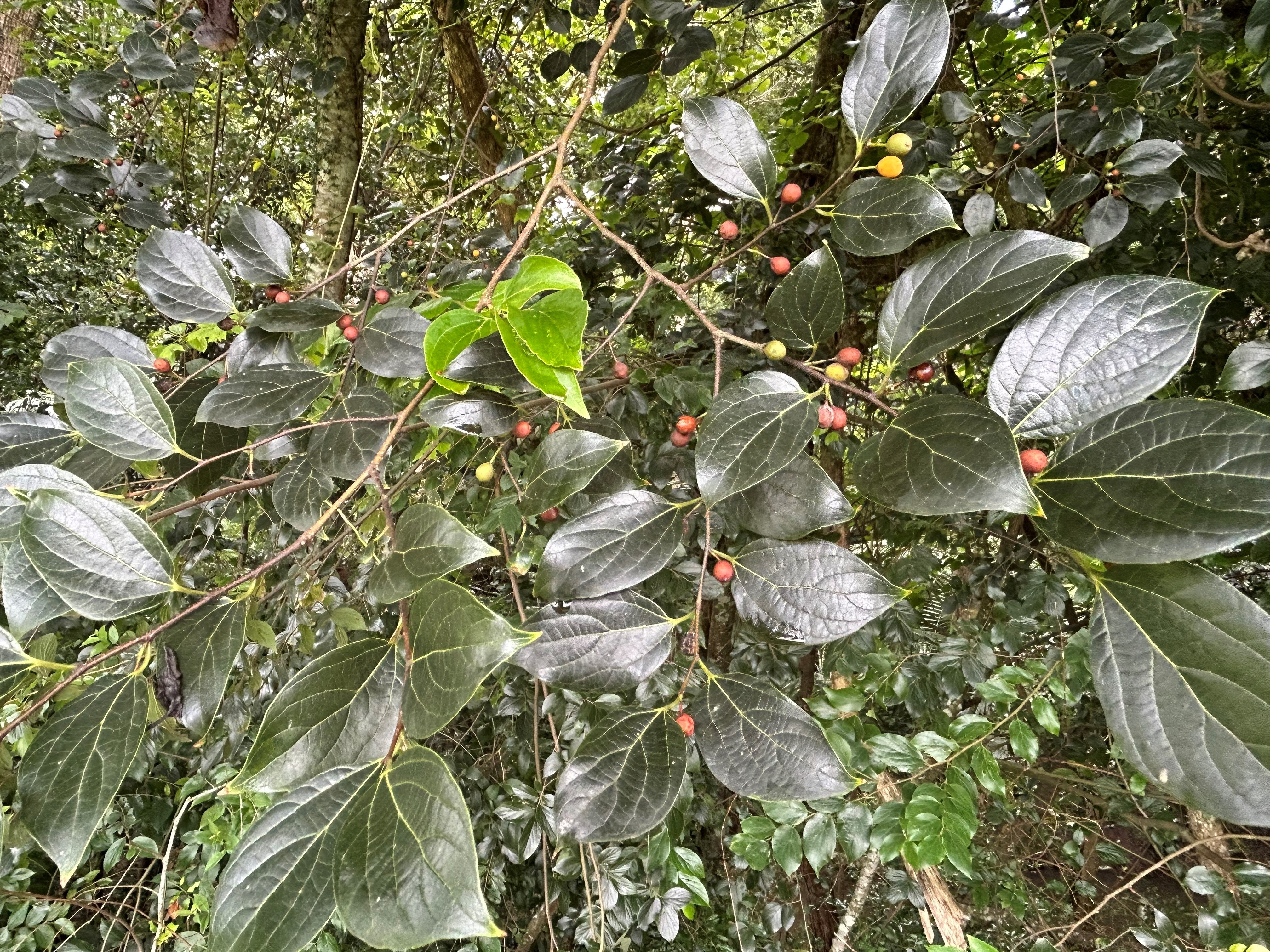
Flowering in spring, it produces thousands of small, orange berries that are spread by animals or water.
Camphor laurel (Cinnamomum camphora)
Camphor laurel is a large evergreen tree up to 20m tall with glossy, waxy leaves and small white flowers.
Its spherical, berry-like fruits are 1cm across that change from green to black when ripe.
It aggressively replaces native vegetation including koala food trees.
Not sure if it’s Camphor? Crush a leaf between your fingertips: if it smells strongly of menthol, it’s likely Camphor laurel.
Broad leaved pepper tree (Schinus terebinthifolius)
This large spreading tree has invaded coastal dunes, wetlands and banks of waterways.
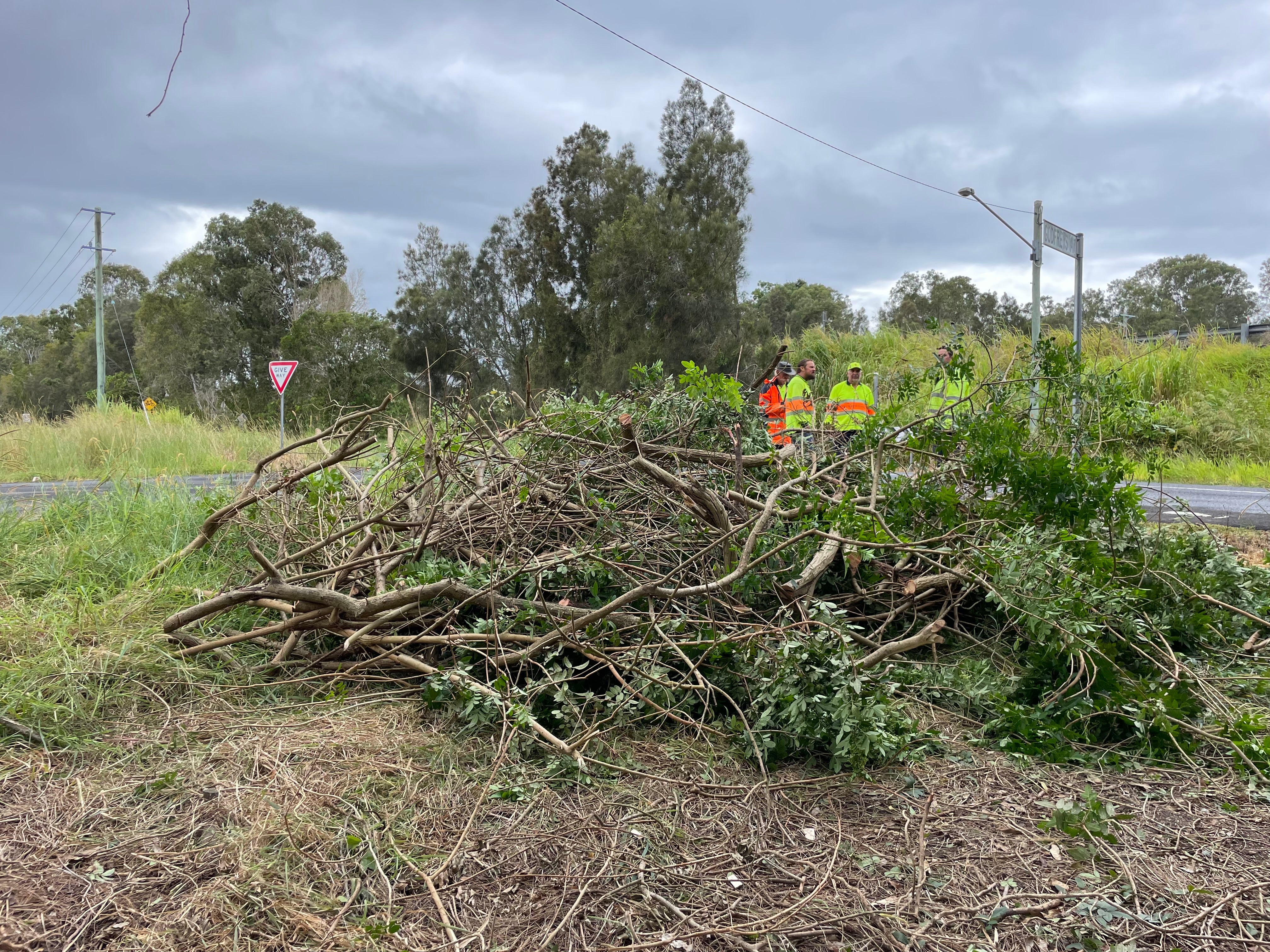
It is a spreading tree up to 10m tall with dark green leaves, small white flowers that grow at the end of branches and red berries that can be spread by birds.
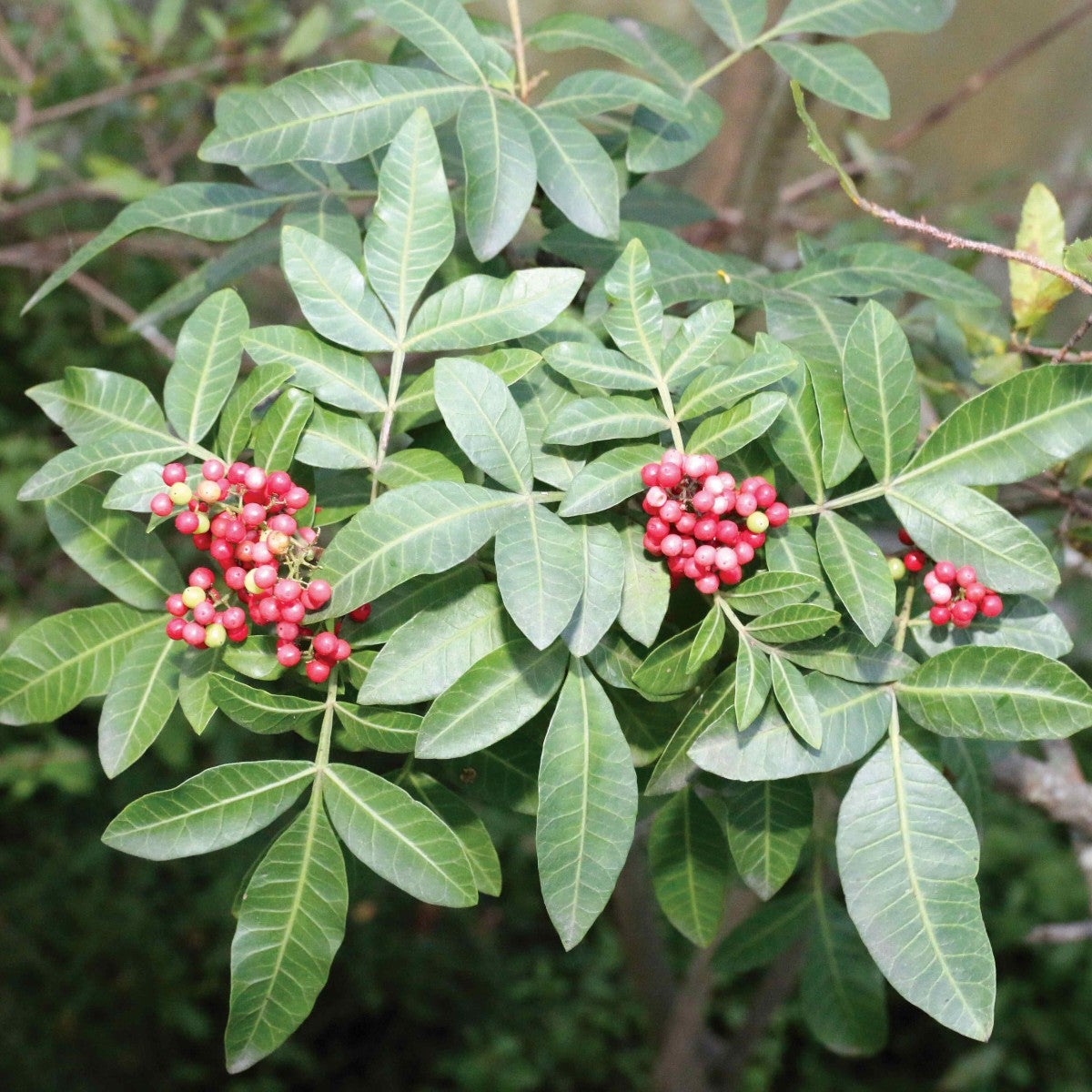
Broad leaved pepper trees are currently fruiting, so now is a great time to remove plants before it spreads further.
Priority invasive ground covers
Singapore daisy (Sphagneticola trilobata)
Singapore daisy is a fast-spreading ground cover that out-competes native plants and invades gardens, parks, bushland and along roadsides.
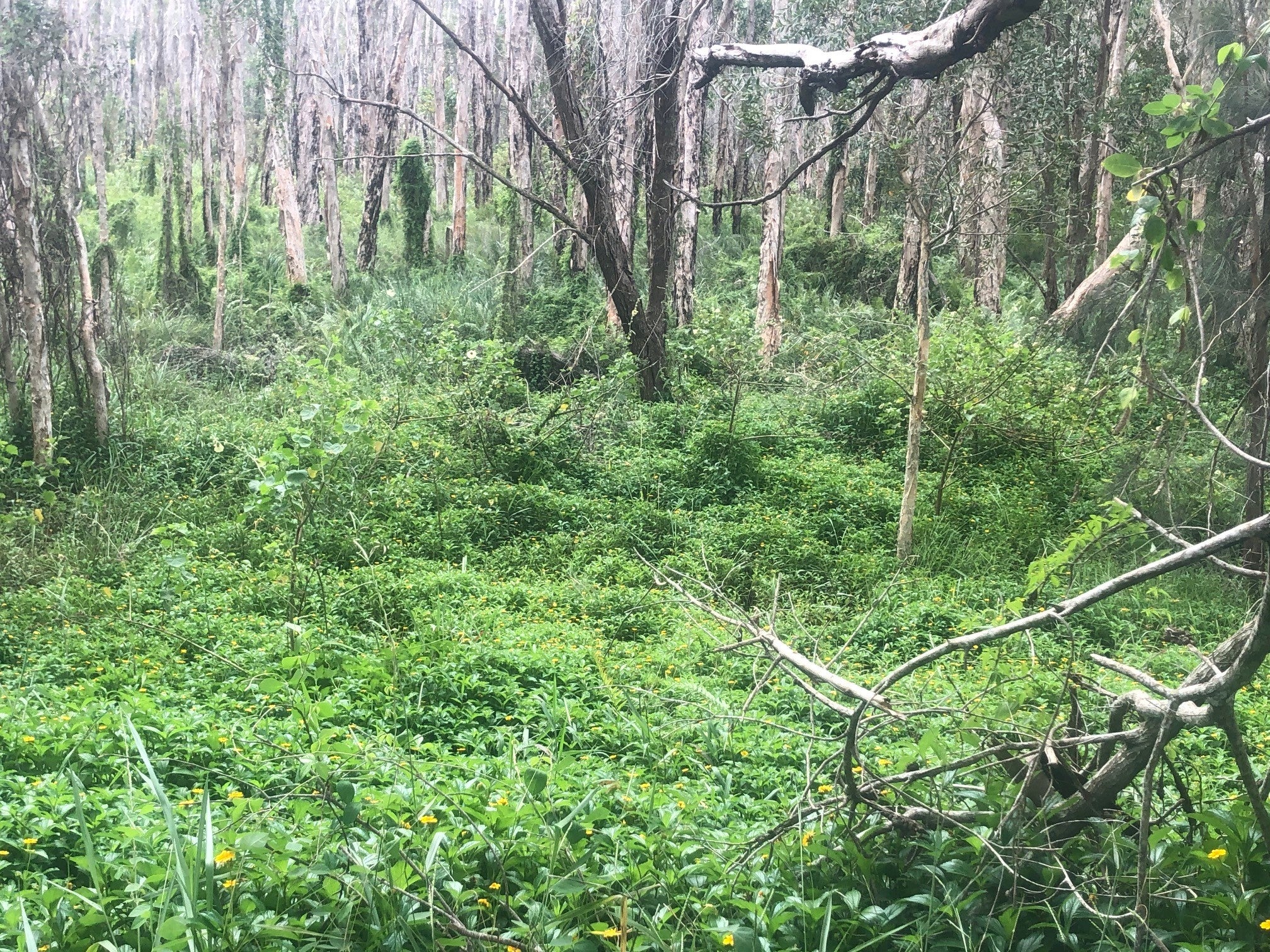
It has lush, glossy green leaves 4-18cm long that grow in pairs along the stem and yellow flowers 2cm wide.
Basket asparagus fern (Asparagus aethiopicus)
This salt tolerant ground cover is a big threat to our coastal ecosystems where it smothers native plants.
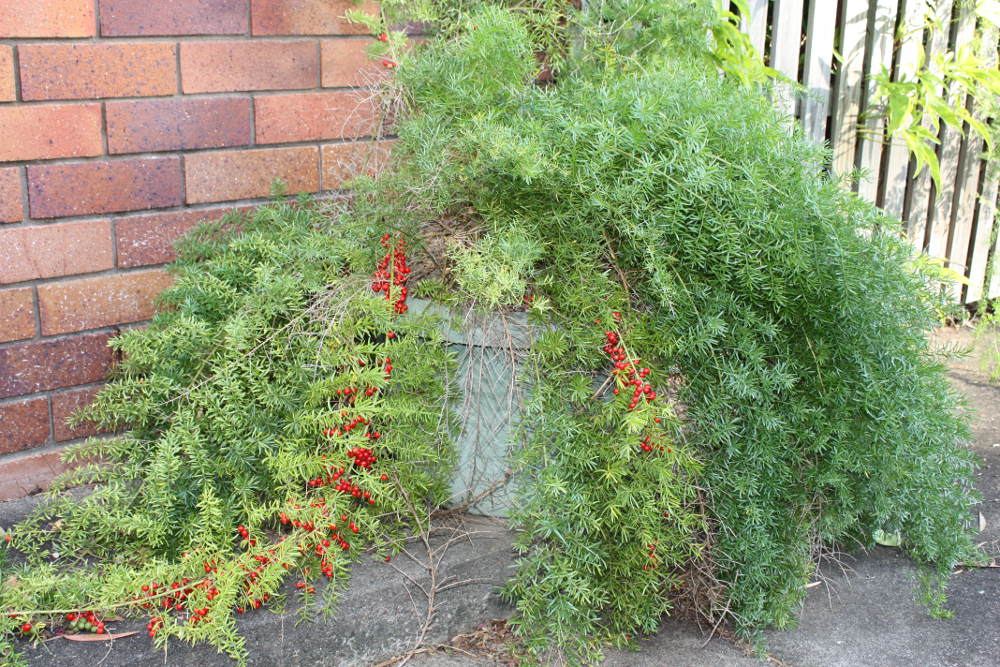
It has long prickly stems up to 2m long, light green leaves and creamy white flowers.
Its bright red fruits attract birds that spread it into natural areas.
A dangerous weed to watch for
Annual ragweed (Ambrosia artemisiifolia)
Annual ragweed is a priority invasive species that is less commonly found, which means it is still possible to eradicate from our region.
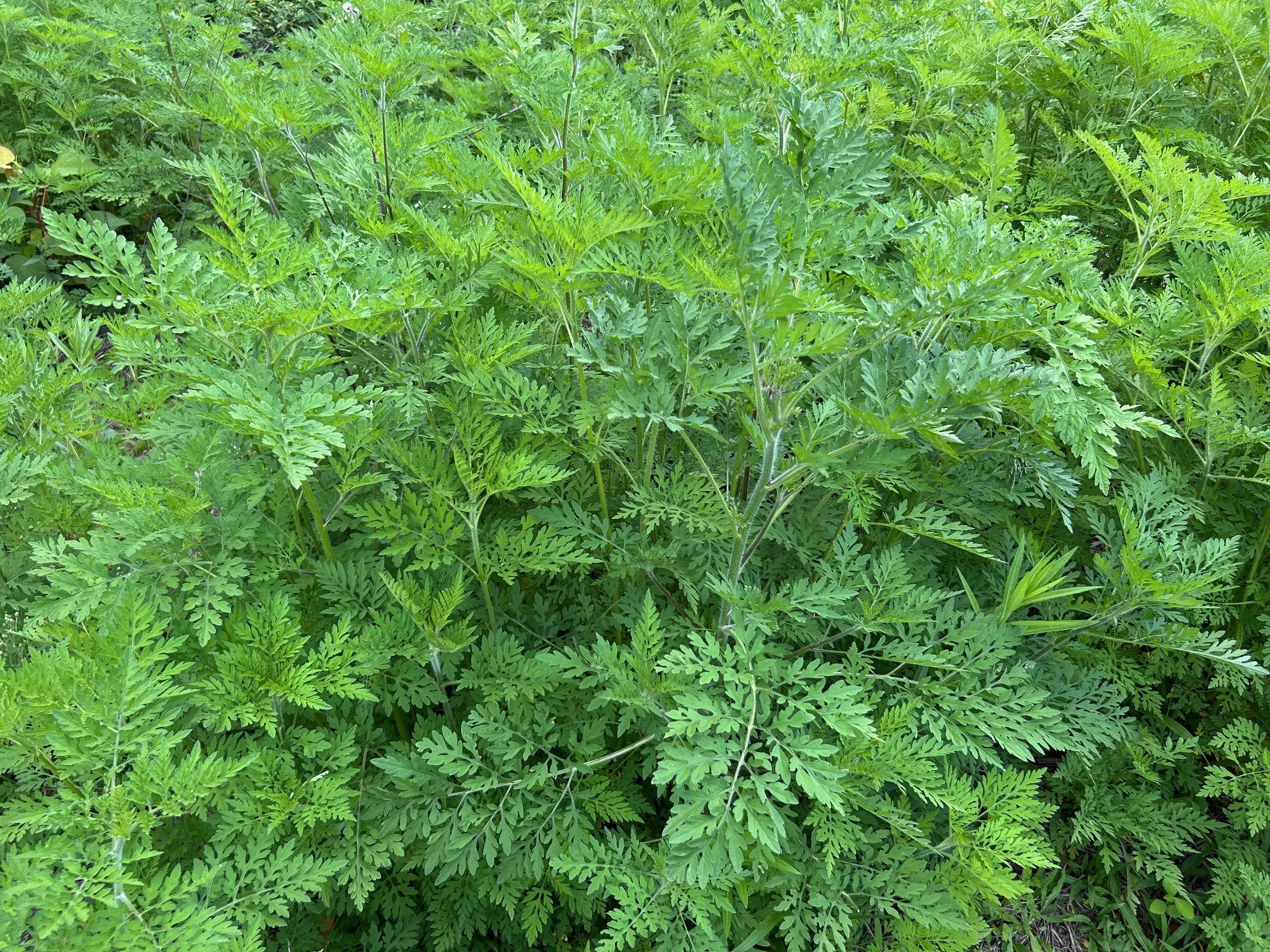
This 1-2m high plant has slightly rough, fern-like leaves and is also known as asthma weed.
Its autumn flowers can trigger hay fever and asthma in those sensitive to it.
It is on Council’s list for eradication under the Sunshine Coast Biosecurity Plan 2024 and should be reported by contacting Council.
Avoid contact with flowering ragweed plants, especially if you are prone to allergies.
